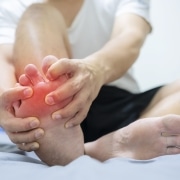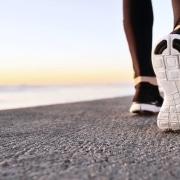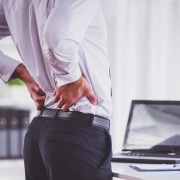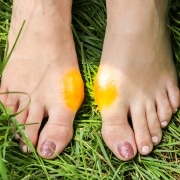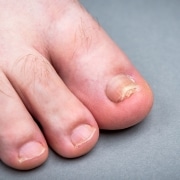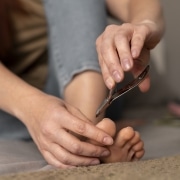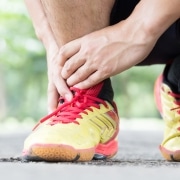Finding Shoes When Dealing With Bunions
If you have bunions, you know how difficult it is to find comfortable shoes. Bunions are malformations on the outside of the joint where the big toe meets the foot. These growths alter the shape of the foot, making it painful to wear almost all shoes. In fact, many people with bunions opt to go barefoot as much as possible when at home, for that very reason. Eventually, though, you need to wear shoes. Here are some helpful tips from your Austin, TX podiatrist for finding shoes when dealing with bunions.
Shop at Wide Width Stores
There are some specialty shoe stores online that specialize in shoes in widths from D on up to EE and maybe even wider than that. Getting wide shoes helps to ensure that you don’t irritate the bunion by having a narrow width. This will reduce the possibility for pain as well as help prevent your bunion from getting worse.
Try Shoes With Elastic Bands Across the Top
Some shoemakers are more sensitive to the needs of those with bunions. There are certain styles of shoes that have elastic bands across the area where your bunion is. This allows more people to fit into the shoe size comfortably.
Opt For Shoes With Gaps on the Sides
In summer, you’ll find more shoe selections with straps instead of a full enclosure. These often have gaps right where the bunion is, allowing absolutely no friction on your bunion from the shoe. Many women find this style both flattering and comfortable, in particular.
Get Treatment For Your Bunions
Of course, the best shoe solution for your bunion is to have the bunion treated. Treatment for bunions in Austin, TX is available at your podiatrist’s office. Contact us today to find out what treatments might be available for you.





